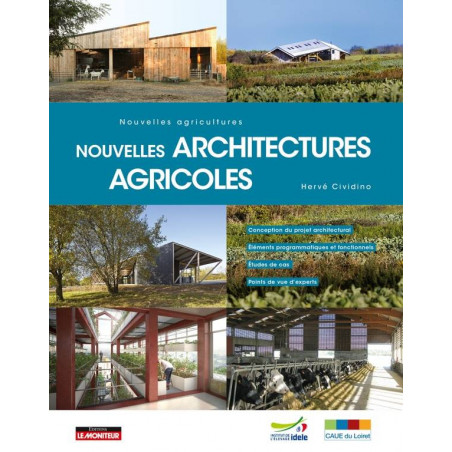Perceived as a brand image vector, the architecture of agricultural buildings is increasingly attracting the interest of producers, communities, as well as urban and rural residents concerned about their food and living environment. Serving as a link between two worlds - that of the exploiting contractor and the designing architect - "New Agricultural Architectures" presents the specificities and challenges of agricultural construction.
The first part outlines the process of an architectural project within the specific context of agricultural development: studying needs, selecting the land, positioning in harmony with the landscape and urban planning regulations, and choosing technical aspects (structures, materials, equipment). A second part details the specific spaces within production buildings: storage, living areas for animals and humans, processing workshops, etc.
These highly illustrated technical chapters are complemented by contributions from academics, technicians, and practitioners in the form of thematic articles. Lastly, around twenty case studies, supported by color photographs and graphic documents, showcase recent agricultural projects chosen for their diversity and quality in all sectors of activity, both in France and abroad (Switzerland and Austria).
The book is aimed at architects, public or private contracting authorities, local communities, as well as professional organizations (agricultural chambers, collective interest societies for rural habitat), and public service mission organizations such as the CAUE (Council for Architecture, Urbanism, and Environment) and regional natural parks.






